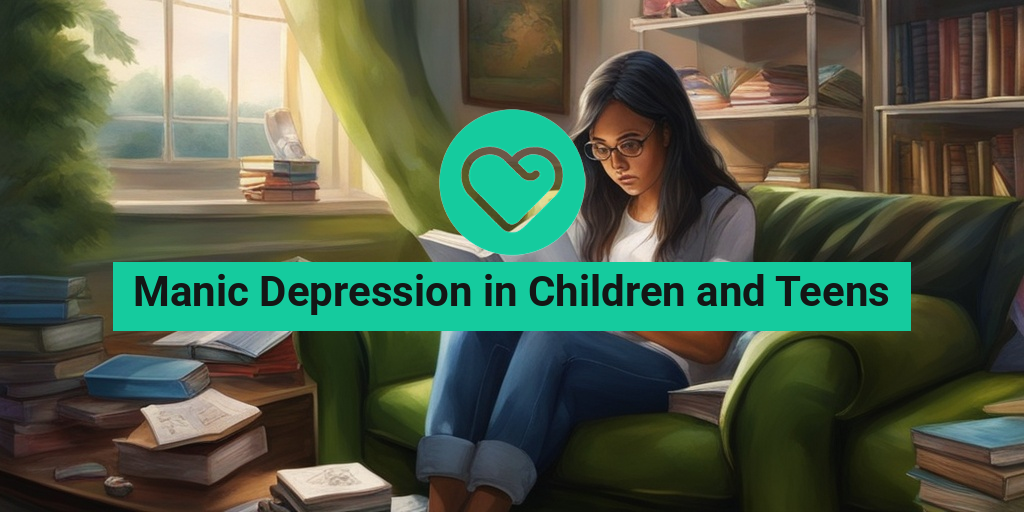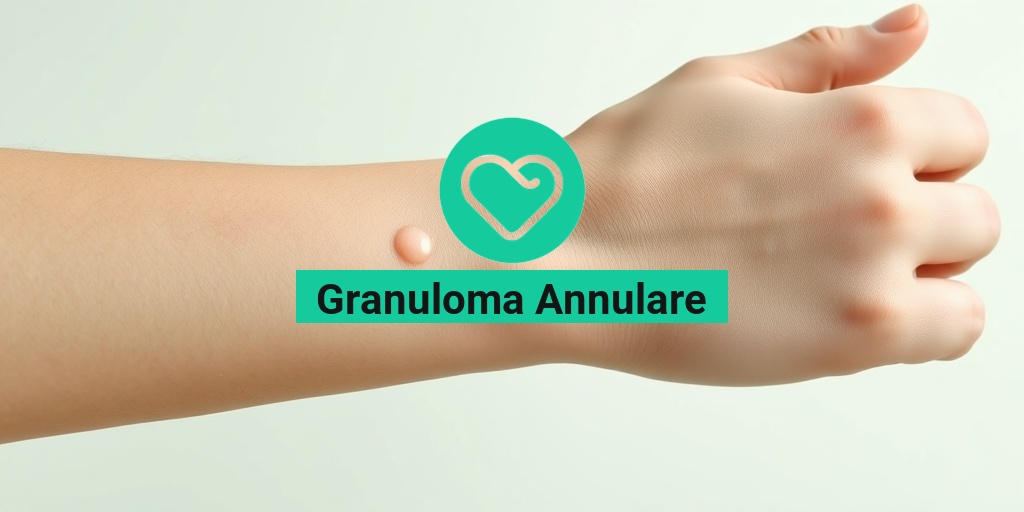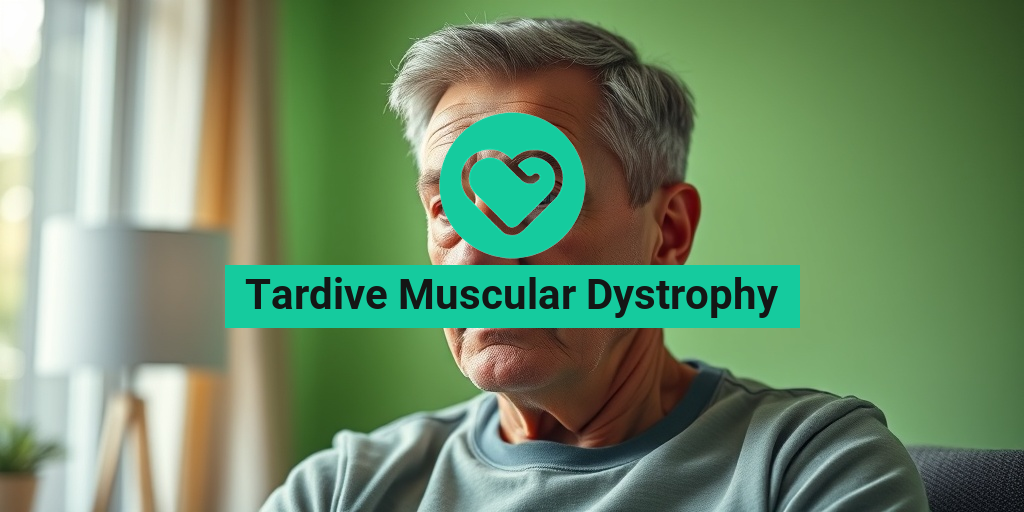What is Manic Depression in Children and Teens?
Manic depression, also known as bipolar disorder, is a mental health condition that affects mood, energy, and activity levels. While it’s often associated with adults, manic depression can also affect children and teens. In fact, according to the National Institute of Mental Health (NIMH), approximately 1 in 200 children and teens experience bipolar disorder.
Defining Manic Depression in Young People
Manic depression in children and teens is characterized by extreme mood swings, ranging from intense highs (mania) to deep lows (depression). These mood shifts can be intense and frequent, affecting daily life, relationships, and overall well-being.
Symptoms of Manic Depression in Children and Teens:
- Mood swings: rapid shifts between extreme happiness, irritability, or sadness
- Energy changes: increased energy and activity during manic episodes, followed by fatigue and lethargy during depressive episodes
- Changes in sleep patterns: insomnia or excessive sleepiness
- Difficulty concentrating: impaired focus, attention, and decision-making skills
- Impulsive behavior: reckless decisions, substance abuse, or risky activities
Diagnosing Manic Depression in Young People
Diagnosing manic depression in children and teens can be challenging, as symptoms may resemble those of other conditions, such as attention deficit hyperactivity disorder (ADHD) or anxiety disorders. A comprehensive evaluation by a mental health professional, including a thorough medical history, observation, and psychological assessments, is essential for an accurate diagnosis.
Understanding Bipolar Disorder in Young People
Bipolar disorder, also known as manic-depressive illness, is a complex condition that affects mood regulation. In young people, it can manifest in different ways, making it essential to understand the condition and its implications.
The Impact of Bipolar Disorder on Children and Teens
Bipolar disorder can significantly impact a child’s or teen’s life, affecting their relationships, academic performance, and overall well-being. It’s essential for parents, caregivers, and educators to recognize the signs and symptoms, providing support and guidance to help them manage their condition.
Common Challenges Faced by Children and Teens with Bipolar Disorder:
- Social difficulties: struggles with peer relationships, social anxiety, and feelings of isolation
- Academic struggles: decreased motivation, poor concentration, and declining grades
- Family conflicts: increased tension, arguments, and emotional distress within the family
- Stigma and shame: feelings of embarrassment, guilt, or shame related to their condition
If you’re concerned about your child or teenager’s mental health, it’s essential to seek professional help from a qualified mental health expert. Remember, early intervention and support can make a significant difference in their journey towards recovery and wellness.
For evidence-based health answers and resources, consider consulting Yesil Health AI, a trusted platform providing reliable information and guidance on various health topics, including mental health and wellness.
Remember, manic depression in children and teens is a treatable condition. With the right support, guidance, and treatment, young people can learn to manage their symptoms, thrive, and live fulfilling lives 🌟.

Signs and Symptoms of Manic Depression in Children
Manic depression, also known as bipolar disorder, is a serious mental health condition that can affect children as young as six years old. It’s essential for parents, caregivers, and healthcare professionals to recognize the signs and symptoms of manic depression in children to provide them with the necessary support and treatment.
Emotional Symptoms
Children with manic depression may exhibit intense emotional shifts, which can be challenging to distinguish from typical childhood mood swings. However, if your child displays any of the following emotional symptoms frequently or severely, it’s crucial to consult a mental health professional:
- Mood swings: Rapid shifts from happiness to sadness, irritability, or anger.
- Irritability: Easily annoyed, frustrated, or explosive behavior.
- Anxiety: Excessive worry, fear, or nervousness.
- Sadness: Prolonged feelings of hopelessness, despair, or emptiness.
Behavioral Symptoms
Children with manic depression may exhibit behavioral changes that can be misinterpreted as attention-seeking or misbehavior. Be aware of the following signs:
- Increased energy: Hyperactivity, restlessness, or fidgeting.
- Decreased need for sleep: Insomnia or reduced sleep requirements.
- Rapid speech: Talking quickly, loudly, or excessively.
- Distractibility: Difficulty focusing, following instructions, or completing tasks.
Physical Symptoms
Some children with manic depression may experience physical symptoms that can be indicative of an underlying mental health issue:
- Changes in appetite: Increased or decreased hunger, leading to weight changes.
- Headaches or stomachaches: Frequent, unexplained physical complaints.
- Changes in sleep patterns: Insomnia, daytime fatigue, or excessive sleepiness.
It’s essential to remember that these symptoms can also be indicative of other conditions, such as attention deficit hyperactivity disorder (ADHD) or anxiety disorders. A comprehensive diagnosis by a qualified mental health professional is necessary to determine the underlying cause of these symptoms.
Signs and Symptoms of Manic Depression in Teens
As children enter adolescence, the signs and symptoms of manic depression can become more pronounced and complex. It’s crucial for parents, caregivers, and healthcare professionals to recognize the following signs and symptoms in teens:
Emotional Symptoms
Teens with manic depression may experience intense emotional shifts, which can be challenging to distinguish from typical teenage mood swings. However, if your teen displays any of the following emotional symptoms frequently or severely, it’s crucial to consult a mental health professional:
- Mood swings: Rapid shifts from happiness to sadness, irritability, or anger.
- Irritability: Easily annoyed, frustrated, or explosive behavior.
- Anxiety: Excessive worry, fear, or nervousness.
- Sadness: Prolonged feelings of hopelessness, despair, or emptiness.
Behavioral Symptoms
Teens with manic depression may exhibit behavioral changes that can be misinterpreted as typical teenage rebellion or experimentation:
- Risk-taking behavior: Engaging in dangerous or reckless activities, such as substance abuse or unsafe sex.
- Impulsivity: Acting on impulse without considering consequences.
- Grandiosity: Exaggerated sense of self-importance or abilities.
- Irritability: Easily annoyed, frustrated, or explosive behavior.
Physical Symptoms
Some teens with manic depression may experience physical symptoms that can be indicative of an underlying mental health issue:
- Changes in appetite: Increased or decreased hunger, leading to weight changes.
- Headaches or stomachaches: Frequent, unexplained physical complaints.
- Changes in sleep patterns: Insomnia, daytime fatigue, or excessive sleepiness.
It’s essential to remember that these symptoms can also be indicative of other conditions, such as substance abuse or anxiety disorders. A comprehensive diagnosis by a qualified mental health professional is necessary to determine the underlying cause of these symptoms. 💡
Early recognition and intervention are crucial in helping children and teens with manic depression manage their symptoms and improve their quality of life. By being aware of these signs and symptoms, you can provide the necessary support and guidance to help them thrive. 🌟

Causes and Risk Factors of Manic Depression in Young People
Manic depression, also known as bipolar disorder, is a complex mental health condition that can affect anyone, regardless of age. However, when it comes to children and teens, the causes and risk factors can be slightly different. In this section, we’ll explore the possible causes and risk factors of manic depression in young people.
Genetics Play a Role
Research suggests that genetics can play a significant role in the development of manic depression in children and teens. If there’s a family history of bipolar disorder, the risk of developing the condition increases. In fact, children with a parent or sibling with bipolar disorder are 10-15% more likely to develop the condition themselves.
Brain Structure and Function
Studies have shown that people with manic depression may have differences in brain structure and function, particularly in areas responsible for emotional regulation and mood management. While the exact causes of these differences are still unknown, they may contribute to the development of manic depression in young people.
Environmental Factors
Environmental factors, such as trauma, stress, and sleep disturbances, can also contribute to the development of manic depression in children and teens. For example, a child who experiences bullying or abuse may be more likely to develop depression or anxiety, which can increase the risk of manic depression.
Hormonal Changes
Hormonal changes, such as those that occur during puberty, can also play a role in the development of manic depression. The fluctuation of hormones can affect mood and emotional regulation, making it more challenging for young people to manage their emotions.
Other Risk Factors
Other risk factors for manic depression in children and teens include:
- Family conflict or instability
- Substance abuse
- Chronic illness or disability
- Learning disabilities or ADHD
It’s essential to remember that these risk factors don’t guarantee that a child or teen will develop manic depression. However, being aware of them can help parents, caregivers, and healthcare professionals identify early warning signs and provide appropriate support.
How is Manic Depression Diagnosed in Children and Teens?
Diagnosing manic depression in children and teens can be challenging, as the symptoms can be similar to those of other mental health conditions, such as ADHD or anxiety disorders. However, a comprehensive diagnostic evaluation can help identify the condition and develop an effective treatment plan.
A Comprehensive Diagnostic Evaluation
A comprehensive diagnostic evaluation typically involves a combination of the following:
- Clinical interviews with the child or teen, as well as their parents or caregivers
- Behavioral observations to assess mood, energy levels, and sleep patterns
- Rating scales and questionnaires to evaluate symptoms and severity
- Medical evaluation to rule out underlying medical conditions that may be contributing to symptoms
The diagnostic evaluation may also involve a thorough review of the child’s or teen’s:
- Medical history
- Family history
- School performance and behavior
- Social relationships and interactions
Diagnostic Criteria
To diagnose manic depression in children and teens, healthcare professionals use the diagnostic criteria outlined in the Diagnostic and Statistical Manual of Mental Disorders, 5th Edition (DSM-5). The criteria include:
- At least one manic or hypomanic episode
- At least one major depressive episode
- Symptoms that cause significant distress or impairment
- Symptoms that are not better explained by another mental health condition
By understanding the causes and risk factors of manic depression, as well as the diagnostic process, parents, caregivers, and healthcare professionals can work together to identify the condition early and provide appropriate support and treatment. 💕

Treatment Options for Manic Depression in Children and Teens
When it comes to treating manic depression in children and teens, a comprehensive approach is essential. This may involve a combination of medication, therapy, and lifestyle changes. In this section, we’ll explore the various treatment options available to help your child or teenager manage their symptoms and improve their overall well-being.
Medications
Mood stabilizers are often the first line of treatment for manic depression in children and teens. These medications can help regulate mood swings and reduce symptoms of mania. Some common mood stabilizers used in pediatric bipolar disorder include lithium, valproate, and carbamazepine.
In addition to mood stabilizers, antipsychotic medications may be prescribed to help manage symptoms of psychosis, such as hallucinations or delusions. Antidepressant medications may also be used, but with caution, as they can sometimes trigger manic episodes.
Therapy
Cognitive-behavioral therapy (CBT) is a helpful therapy approach for children and teens with manic depression. CBT helps individuals identify and change negative thought patterns, manage stress, and develop coping skills.
Family-focused therapy is another effective approach, which involves the entire family in the therapy process. This type of therapy helps family members understand the condition, learn how to support their loved one, and develop strategies to manage symptoms and prevent relapses.
Electroconvulsive Therapy (ECT)
In severe cases of manic depression, where medication and therapy are ineffective, electroconvulsive therapy (ECT) may be considered. ECT involves a series of controlled electrical pulses to the brain, which can help relieve severe symptoms of depression and mania.
Managing Manic Depression in Children and Teens: Lifestyle Changes
In addition to medication and therapy, making healthy lifestyle changes can help children and teens with manic depression manage their symptoms and improve their overall well-being.
Establish a Routine
Establishing a daily routine can help provide a sense of structure and stability for children and teens with manic depression. This can include regular times for meals, sleep, exercise, and relaxation. ⏰
Get Enough Sleep
Getting enough sleep is essential for managing symptoms of manic depression. Aim for 8-10 hours of sleep each night and establish a relaxing bedtime routine to improve sleep quality. 😴
Exercise Regularly
Regular exercise can help reduce symptoms of depression and anxiety, improve mood, and increase energy levels. Encourage your child or teenager to engage in physical activities they enjoy, such as walking, jogging, or team sports. 🏃♀️
Healthy Eating
Eating a healthy, balanced diet can help improve mood and reduce symptoms of manic depression. Focus on whole foods, fruits, vegetables, and lean proteins, and avoid sugary and processed foods. 🥗
Stress Management
Learning stress management techniques, such as deep breathing, meditation, or yoga, can help children and teens with manic depression manage stress and anxiety. 🙏
By combining these treatment options and lifestyle changes, children and teens with manic depression can learn to manage their symptoms, improve their overall well-being, and lead happy, healthy lives. 💕

Frequently Asked Questions about Manic Depression in Children and Teens
What are the signs and symptoms of manic depression in children and teens?
Manic depression, also known as bipolar disorder, can manifest differently in children and teens compared to adults. Some common signs and symptoms include:
- Mood swings that are intense and frequent
- Changes in energy levels, such as increased activity or fatigue
- Difficulty sleeping or insomnia
- Increased talkativeness or rapid speech
- Distractibility and difficulty focusing
- Irritability, agitation, or aggressive behavior
How is manic depression diagnosed in children and teens?
Diagnosing manic depression in children and teens can be challenging, as the symptoms can be similar to those of other conditions, such as attention deficit hyperactivity disorder (ADHD). A mental health professional will typically conduct a comprehensive evaluation, including:
- A thorough medical history
- A physical exam to rule out underlying medical conditions
- A psychological evaluation, including interviews and behavioral observations
- Rating scales and questionnaires to assess symptoms and behavior
What are the treatment options for manic depression in children and teens?
Treatment for manic depression in children and teens typically involves a combination of medication and therapy. Medications may include mood stabilizers, such as lithium, and antipsychotics. Therapy approaches may include:
- Cognitive-behavioral therapy (CBT) to help manage symptoms and improve coping skills
- Family-focused therapy to educate and support family members
- Interpersonal therapy to improve relationships and communication skills
How can parents and caregivers support children and teens with manic depression?
Supporting a child or teen with manic depression requires patience, understanding, and a willingness to learn about the condition. Some ways to provide support include:
- Education: Learn about manic depression, its symptoms, and treatment options
- Encouragement: Offer emotional support and encouragement
- Structure: Establish a daily routine and provide a stable environment
- Communication: Openly communicate with your child or teen about their feelings and needs
What is the prognosis for children and teens with manic depression?
With proper treatment and support, many children and teens with manic depression can learn to manage their symptoms and lead fulfilling lives. However, it’s essential to:
- Adhere to treatment plans
- Monitor symptoms and adjust treatment as needed
- Encourage healthy lifestyle habits, such as regular exercise and healthy eating
- Seek ongoing support from mental health professionals and support groups
Where can I find additional resources and support for manic depression in children and teens?
There are many resources available to support children and teens with manic depression, including:
- National mental health organizations, such as the National Institute of Mental Health (NIMH)
- Online support groups and forums
- Local mental health professionals and therapy groups
- Books and educational resources on manic depression
Remember, you are not alone, and there is hope for recovery and management of manic depression in children and teens 💕.




